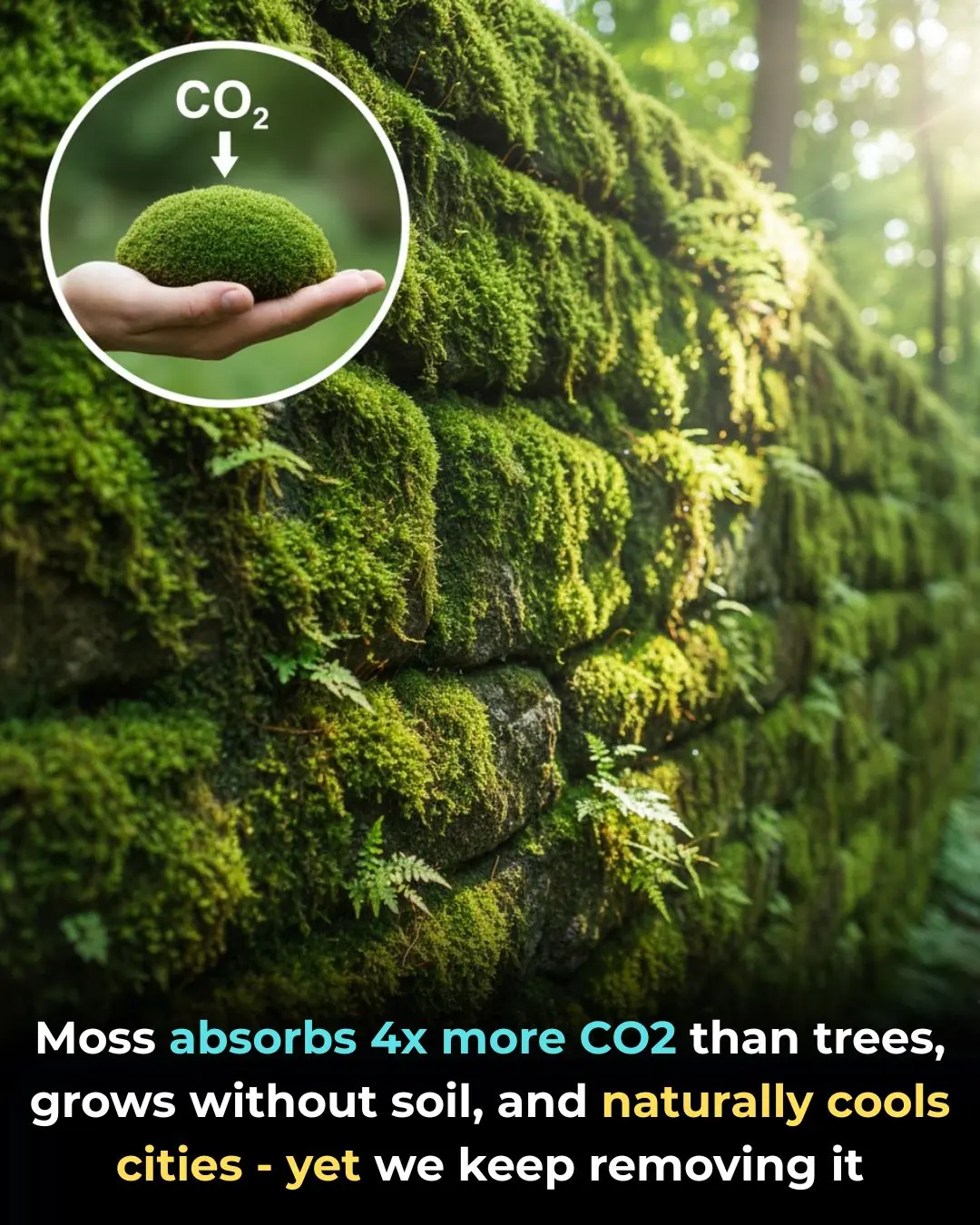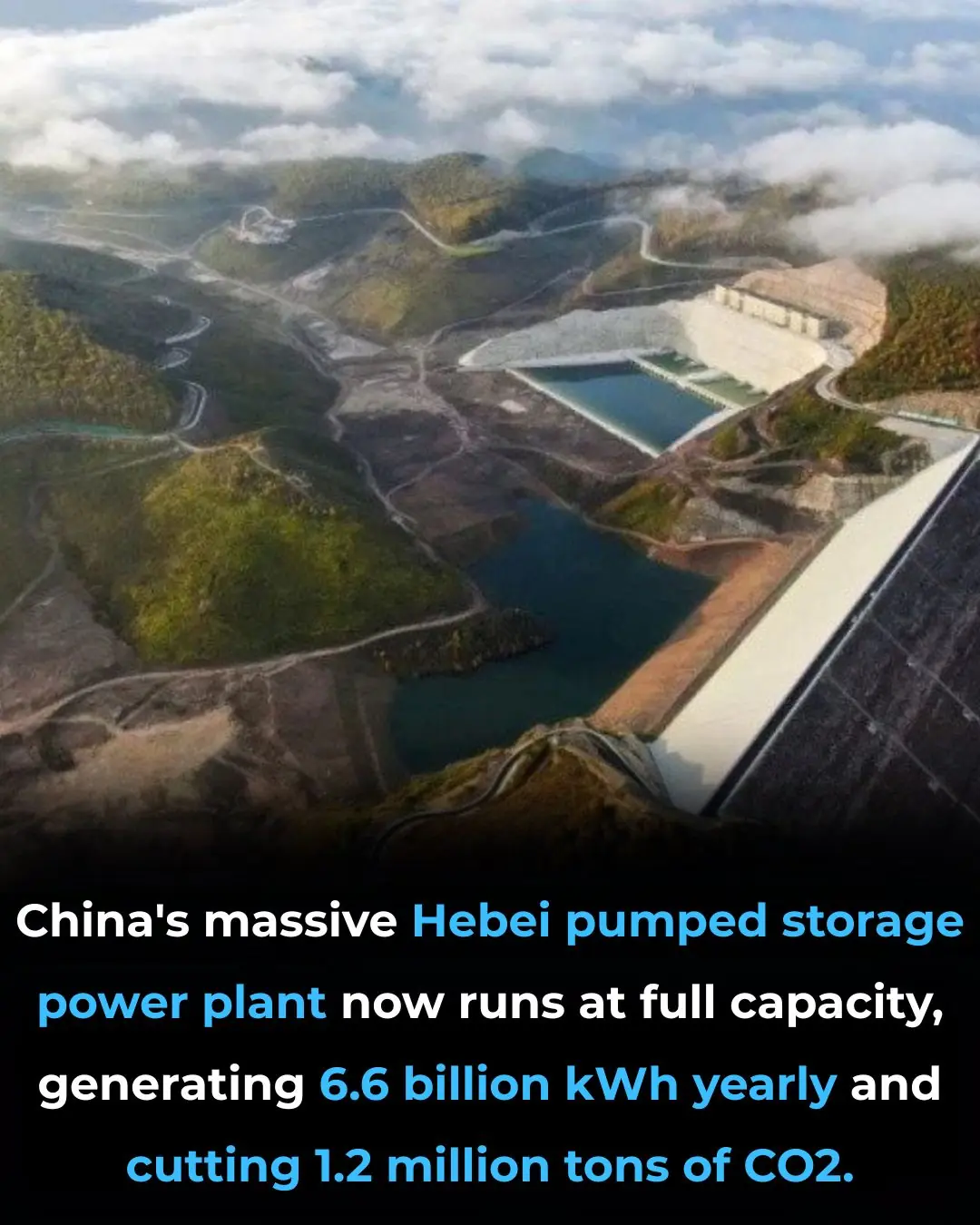
Moss: The Underrated Climate Hero We’ve Been Ignoring

When most people see moss, they think of something old, damp, or dirty — something to scrape off walls, pathways, or rooftops. But this humble plant may be one of the most powerful natural tools we have in the fight against climate change. Silent, self-sufficient, and endlessly adaptable, moss has been thriving on Earth for over 450 million years, long before trees even existed. And today, it’s proving to be one of the planet’s most efficient climate allies.
🌍 A CO₂ Capture Powerhouse
Per square meter, moss can absorb up to four times more CO₂ than trees.
How? Because while trees invest energy in trunks, branches, and seasonal growth, moss channels most of its metabolic power into carbon absorption. It sits directly on the surface — no soil required — and continuously captures CO₂ from the air, even in spaces where nothing else can grow.
This makes moss one of the most pound-for-pound effective carbon sinks in nature, especially in urban environments.
🧱 It Grows Where Nothing Else Does
Moss doesn’t need fertile ground, irrigation systems, or expensive landscaping. It thrives on:
-
Walls
-
Rooftops
-
Concrete
-
Rocks
-
Urban surfaces
-
Vertical structures
Where plants normally struggle — moss succeeds. It turns unused urban surfaces into living, working carbon capture zones without competing for agricultural land.
❄️ Nature’s Air Conditioner
Cities struggle with the “urban heat island” effect — heat trapped by pavement and concrete. Moss absorbs this heat and evaporates moisture, naturally cooling the surfaces it covers. Studies show moss can reduce surface temperatures significantly, acting like passive refrigeration in overheated neighborhoods.
🍃 A Natural Air Filter
Beyond CO₂ capture, moss traps:
-
Fine dust
-
Heavy metals
-
Airborne pollutants
-
Harmful particulates
These stick to its tiny leaf surfaces, helping clean the air without mechanical filters or electricity.
🌱 Zero Maintenance, Maximum Impact
Unlike trees and shrubs, moss:
-
Does not need watering
-
Does not need fertilizer
-
Does not need pruning
-
Is resistant to drought
-
Survives extreme conditions
It is nature’s self-sustaining green infrastructure, working continuously with almost no human care.
🛑 Moss Prevents Erosion and Protects Water
Moss anchors to surfaces and locks in moisture, reducing soil erosion and helping retain water in fragile landscapes. That means:
-
Better groundwater protection
-
Reduced runoff
-
Improved soil stability
It protects ecosystems while continuing to store carbon.
🧠 A Total Mindset Shift
Despite its abilities, we often scrape moss away, treating it like a stain instead of a climate solution. But modern sustainable architecture is beginning to rediscover its potential:
-
Green walls
-
Living roofs
-
Moss tiles and panels
-
Vertical climate gardens
Cities in Europe and Asia are already installing moss-based air filtering structures that clean urban air passively and around the clock.
🌿 Time to Stop Removing — And Start Building With Moss
Moss has always been here, working quietly, requiring nothing in return.
As the world searches for scalable, low-cost climate solutions, we don’t always need futuristic technology — sometimes we just need to look closer at the small green hero growing on the wall.
It’s time to stop treating moss like dirt.
It’s time to recognize it as one of Earth’s simplest and smartest climate allies.
News in the same category


Time Travel That Actually Happens: How Flying East Can Take You “Back in Time”

Meghan Markle speaks out after Balenciaga designer revealed she invited herself to Paris fashion week

Serial Brooklyn dine-and-dash influencer caught avoiding the bill in dramatic video as local eateries wise up to scheme

A-list actress looks completely unrecognizable in new ‘Hunger Games’ trailer

Joey and Jesse Buss fired by Lakers after $10 billion sale as family feud with Jeanie explodes

I’M A CELEB HAD A SPECIAL ‘SMOKO RULE’ THAT ONLY APPLIED TO ONE LEGENDARY STAR

WHERE TO WATCH JOEY’S FRIENDS SPINOFF AS LOST EPISODES RELEASED AFTER 19 YEARS

PARIS JACKSON MAKES SHOCKING CLAIM ABOUT $10,000,000 WORTH OF DAD MICHAEL'S WILL

GRAPHIC VIDEO SHOWS CARDI B HAVING UMBILICAL CORD BEING MADE INTO JEWELLERY

A Daughter Loses Over 50 Pounds To Donate A Life-Saving Kidney To Her Dad

Walmart Cashier’s Random Act Of Kindness Towards Woman With Cerebral Palsy Will Absolutely Touch Your Heart

Co-workers Surprise Adopted Colleague With African Inspired Celebration After Tracing Roots Back to Africa

‘Jada Bout to Set That Red Table’: Jada Pinkett Smith Fans Warn Rapper Yo-Yo Over Her Shocking Confession About Tupac

‘Go Back Home Friend’: Vince Herbert’s Slim, Unrecognizable New Look Has Fans Telling Tamar Braxton It Might Be Time to Spin the Block

Grab A Tissue Before Watching This Father And Son Reunite After 37 Years

My Nana Taught Me a 1-Minute Hack to Remove Sticky Jar Labels — With Zero Effort

Actor Brian Tyree Henry Has Heartwarming Reunion With Morehouse Professor Who Inspired Acting Career

Whoa, I Had No Idea This Is Why Milk Jugs Have That Dent
News Post

The Role of Eggs and Choline in Reducing the Risk of Cognitive Decline
The Role of Eggs and Choline in Reducing the Risk of Cognitive Decline

A World-First in Surgery: Removing a Spinal Tumor Through the Eye Socket

🐔 Amazing Health Benefits of Chicken Feet You Should Know

The Hidden Meaning Behind Tongue Piercings

World’s Largest Pumped Storage Power Station Goes Fully Operational in China

World-First Breakthrough: Stem Cells Reverse Type 1 Diabetes in Landmark Case

Time Travel That Actually Happens: How Flying East Can Take You “Back in Time”

Hank’s Second Chance: From Abandonment to Hope and Healing

If You Get These Bruises On Your Body

Numbness Or Tingling Sensations In Your Hands

Top 3 Vitamins for Hip Arthritis

Scientists Discover The Maximum Age a Human Can Live To

The Amazing Benefits of Using Frozen Cucumber for Gua Sha: A Natural and Effective Skincare Hack

This Collagen Drink Reverses Your Age by 10 Years

5 Ultimate Recipes Using Rice Water to Clear Dark Spots, Fade Blemishes, Erase Wrinkles and Get Gorgeous Skin

This Hair Oil Recipe Will Stop Hair Fall in Just One Use!

How to Make Potato Milk Cubes - The Ultimate DIY Remedy for Spotless Skin

Gram Flour And Fuller’s Earth Everyday Face Wash To Get Clear Skin
